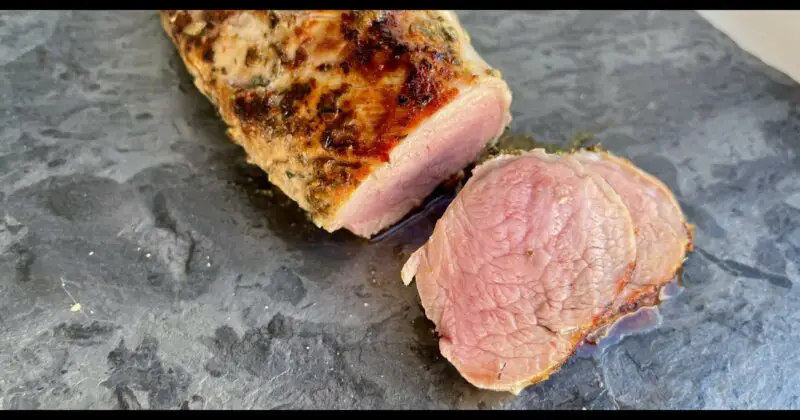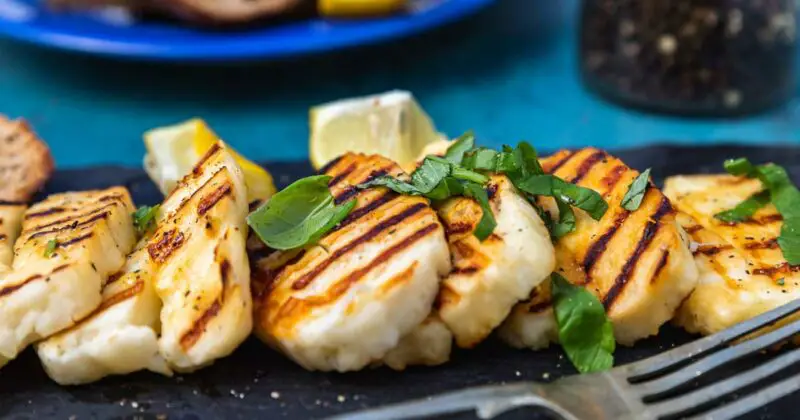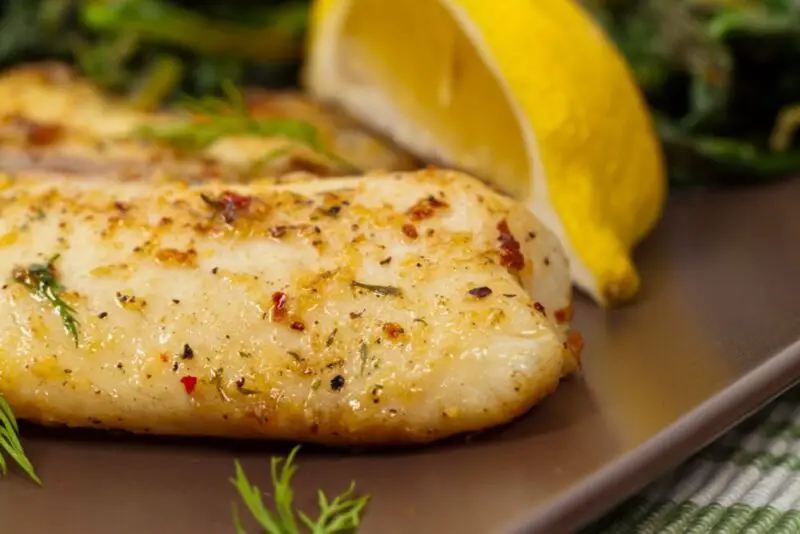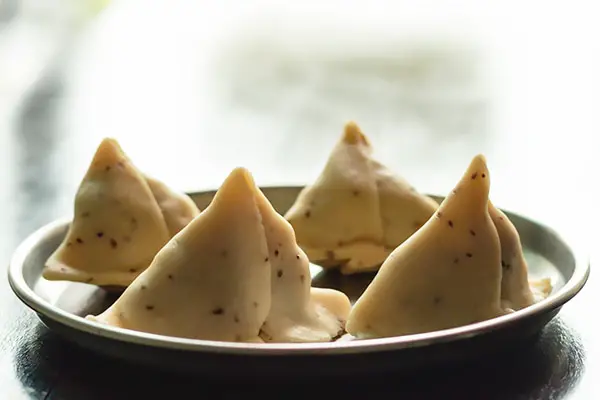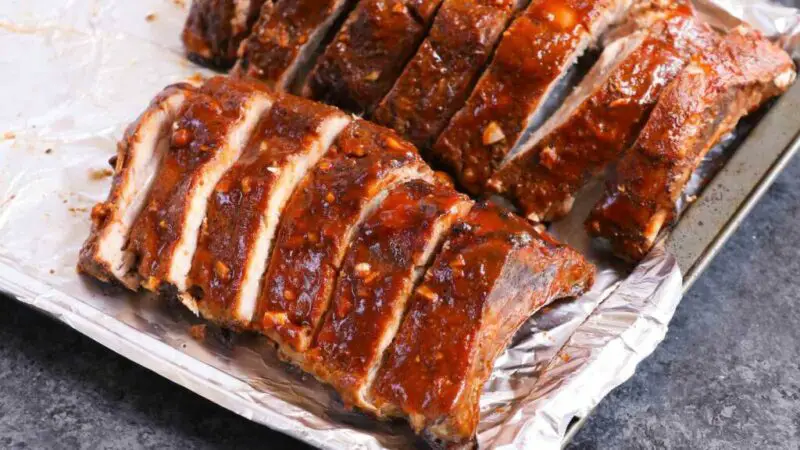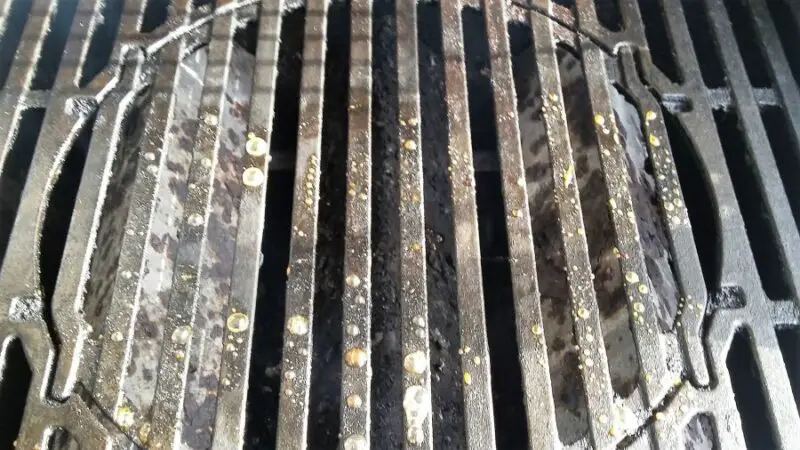Pork is a versatile meat that is used in dishes all over the world, yet it can be tricky to cook it perfectly. There is a myth surrounding pork that states cooking it longer will make it more tender. In this article, we will delve into this myth and explain why it may not always be accurate.
The Science Behind Cooking Pork
Cooking any type of meat involves a scientific process that affects its structure and texture. Pork, like other meats, is made up of protein fibers that give it its structure and texture.
When heated, these protein fibers collectively go through changes called denaturation, which results in coagulation – a process where they come together, firm up and become chewy. Overcooking pork results in breaking down too many of these protein bonds, making your meat tougher.
Factors That Determine Meat Tenderness
Professional chefs understand that meat tenderness depends on more than just cooking time alone. Here are some factors worth exploring:
Pork Quality
The quality of pork plays a significant role in its tenderness. Young pork, meaning pigs slaughtered at a younger age, is generally leaner and has smaller muscle fibers, making it tender after being cooked.
Cooking Method Matters
The way you cook your pork can significantly impact its texture regardless of your cooktime preference. Cooking low and slow methods such as braising or roasting often produce tender meat due to consistent temperature across the cut surface compared to direct grilling or broiling approaches.
Cut of Meat
The part of the pig that you’re cooking also changes how tender it will become. Parts near the belly and shoulder tend to be tougher than areas such as the loin and tenderloin because they do most of the work.
The Risks of Overcooking Pork
Overcooking your pork leads to a plethora of issues:
Dry Textures
Taking your pork past its ideal temperature range will leave it with unappealing dry texture, forming a thick crust that no amount of sauce can fix.
Loss of Flavor
When you subject your meat to high temperatures for extended periods, it can lead to an overwhelming loss of flavor in your dish.
Tough Chewy Pork
As stated, overcooking pork results in tougher texture, resulting in an unpleasant chewy experience at best.
Alternatives to Slow Cooking for Tender Pork
While slow cooking is one way to achieve tender meat, there are alternative methods worth exploring:
Pre-Salting Technique
Pre-salting is a method where one “brings out” water from fiber by treating it with salt before cooking. This technique works like a charm – especially for cuts such as the shoulder or belly – by breaking down more protein structures resulting in tenderized meat after cooking.
The Cook-Time Temperature Paradox
Using advanced techniques such as cooking pork at lower temperatures but over an extended period can impart much flavor and tenderness than cooking it high heat short bouts.
Best Practices
After exploring all the factors and alternatives- here are some best practices when cooking any type of pork dish:
Use a Meat Thermometer
Always use a meat thermometer – even if you’re confident in your intuition about when your meat is done – when preparing any meat dish includes pork. This ensures that you never overcook or undercook it.
Let It Rest
Before cutting into any pork dish, allow it to rest for about ten minutes. This helps the meat relax and ensures that the juices won’t rush out when you slice it.
Manage the Heat
Always be mindful of your heat management – and make sure nothing burns. If your oven is not equipped with an even temperature control, lose heat quickly than gain it back rather than opening and closing the lid constantly.
Conclusion
In conclusion, cooking pork longer doesn’t inherently make it more tender. Several factors come together to determine its texture. Various techniques exist to mitigate the issue of toughness altogether, some are conventional while others unorthodox – but they still achieve the objective of delicious tender pork that will have your guests marveling. Remember to focus on the cut of meat you’re cooking and experiment with different cooking methods to achieve optimal texture and flavor.
What is the best way to cook tough pork cuts?
Are you wondering how to soften tough pork cuts? Slow cooking methods like roasting or braising can tenderize the meat without drying it out. Cooking at low temperatures for a long period softens the tissues, making it easy to cut them.
Does marinating pork before cooking make it more tender?
Marinating pork overnight before cooking adds flavor to the meat from the spices and herbs. It also breaks down tough muscle fibers, resulting in a tender and juicy texture. For the best results, marinate your pork for at least 8 hours before cooking it.
Can adding acid to cooking pork make it soft?
Acidic ingredients like vinegar, citrus juice, or wine can help tenderize pork dishes. They work by denaturing the protein and breaking down the fibers in the meat. However, avoid using too much acid as it may result in an unpleasant taste and mushy texture.
How do you prevent overcooking pork while still making it tender?
Pork can quickly become tough and dry when overcooked. The key is to monitor the internal temperature of the meat using a meat thermometer. Cook your pork just until it reaches an internal temperature of 145°F (63°C), then let it rest for a few minutes before slicing. This will ensure that your meat is both safe to eat and perfectly cooked every time.
